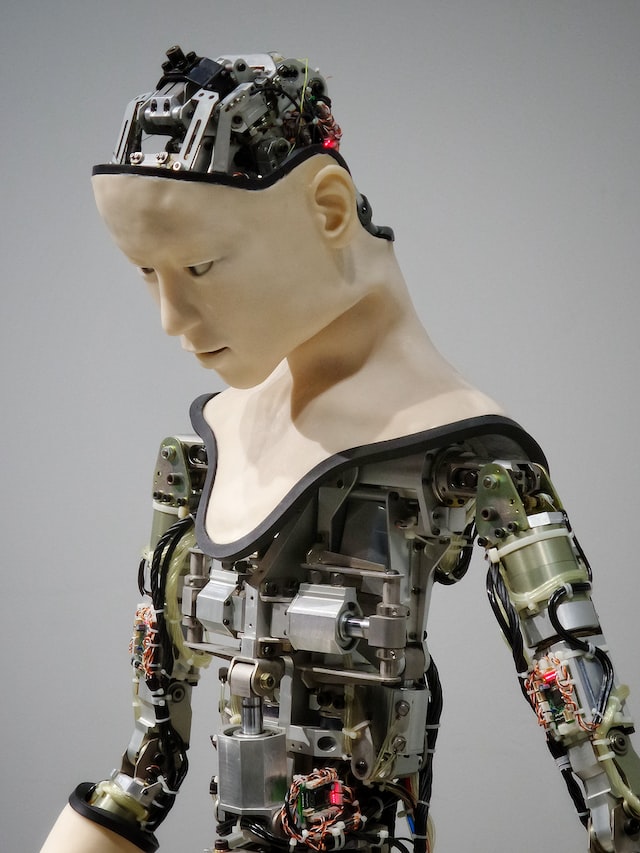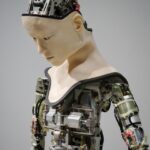Neuroscientist Nathan Michaels makes the analogy that brains are like machines. In this article, he states that all machines are made of a combination of structural elements that work together to produce a specific function. Machines also require inputs in the form of information or energy, typically from the environment. Examples of machines include computers and wheels. One key distinction between machines and brains, however, is that while machines are defined as unchanging and will always produce the same output every single time (given that structural elements are unchanged), brains are different. Brains are much more complex in that if given the same structural elements and input, the output may differ and can be explained by neuroplasticity.

As a refresher, the human brain is composed of neurons as a key structural element, while its output (dependent on input) can include emotional states, decisions and actions, and planned or spontaneous behaviors. Knowing this, would one still classify brains as machines, if brains (and their neuronal components) change with time and experience?
Neuroplasticity is the concept within neuroscience that explains how the fully developed adult brain can continue to grow, strengthen and restructure itself in response to injury, or to cognitive stimulation. Importantly, neuroplasticity doesn’t involve only neurons, and their up- or down-regulation with activity. Enter glial cells, the principal class of non-neuronal brain cells.
Oligodendrocytes are glial cells that play the key role of myelinating axonal nerve fibers in the brain and spinal cord, and by doing so, can bolster the speed at which action potentials travel and communicate information with other brain cells. Another class of glial cells, astrocytes, assist oligodendrocytes by initiating their maturation from precursor cells into mature myelinating cells. Astrocytes also stimulate oligodendrocytes to myelinate nearby neurons, in response to release of adenosine triphosphate (ATP) from nearby action potentials. Astrocytes respond to the increased ATP in the vicinity by releasing LIF, which acts in a positive feedback loop to trigger oligodendrocytes to produce even more myelin, which further leads to increases in speed and number of action potentials that are transmitted.
Brains cannot be defined as a type of machine, based on the operational criteria listed above. Influenced by the environment, brains undergo continual anatomical changes at the microscopic scale. Neuroplasticity results from the interplay between glial cells and neurons.
Tags: aging, attention, brain, learning, machine learning, memory, myths, psychology, school, science, university, wellnessCategorised in: Uncategorized
This post was written by Linda H
